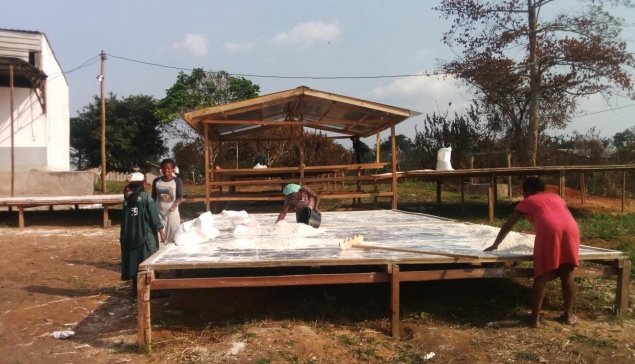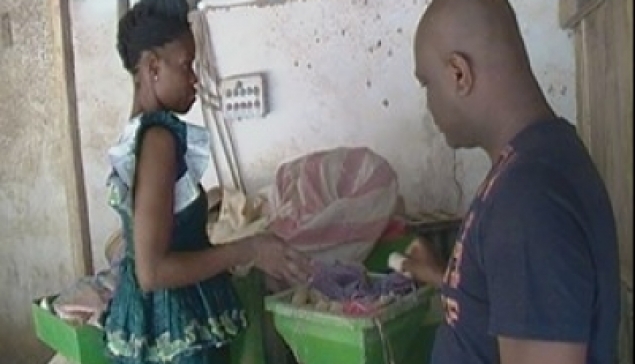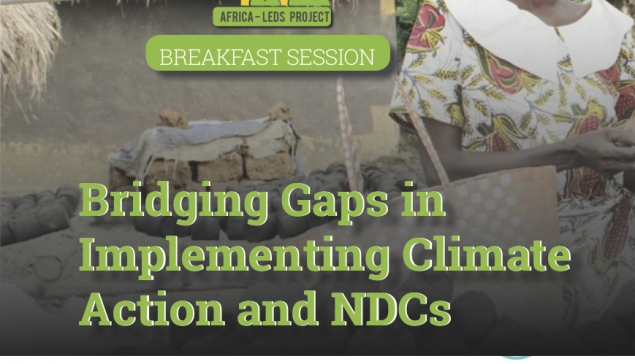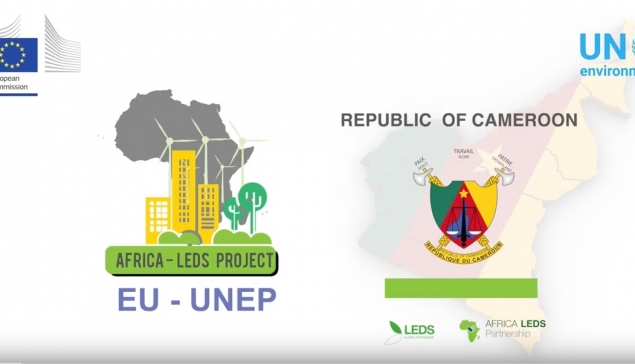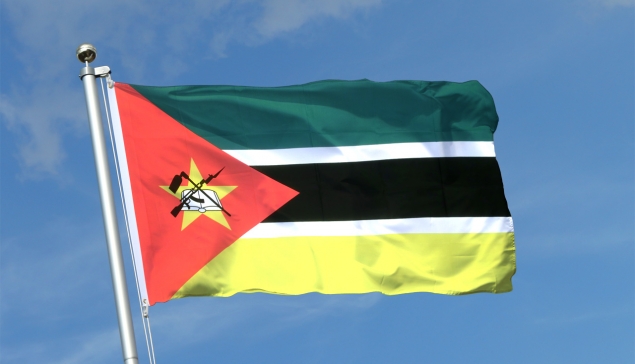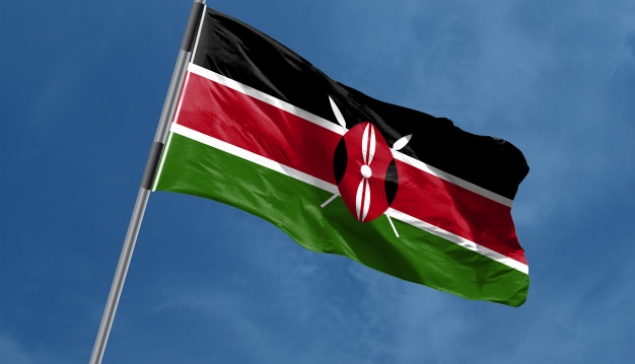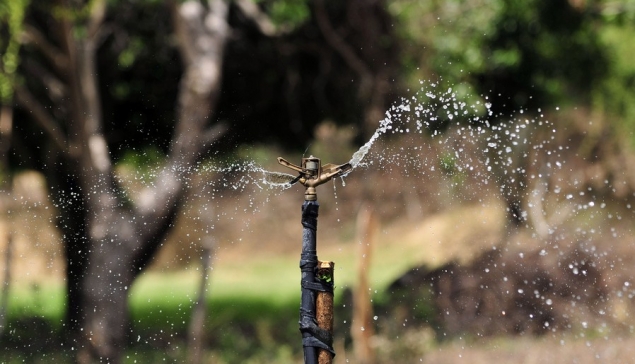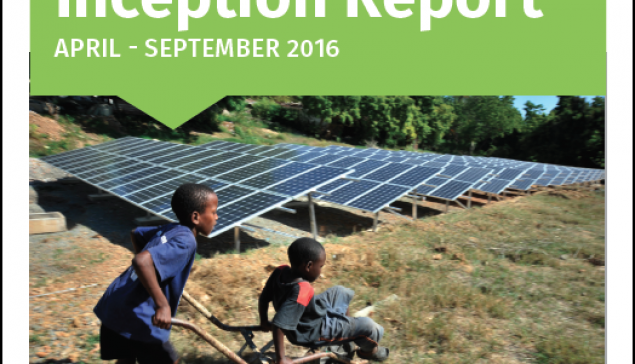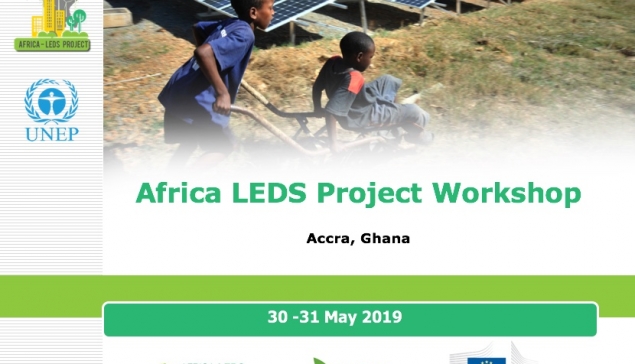This project is in line with the government of Ivory Coast’s Vision to industrialize by 2020, combating poverty and providing income and job opportunities for its population. To this end, the project seeks to support the implementation of Ivory Coast’s INDCs, which are contextualized to this vision 2020 and hence represent the countries LEDS plan, capturing Ivory Coast’s priority to industrialize while taking action against climate change. This priority was reiterated by the multiple stakeholders from government, private sector, academia & researchers, representative of Ivory Coast, who congregated for the project inception workshop that took place on 05th August 2016 in Abidjan.
The following is to guide the roll-out of implementation activities by component and deliverables.
A) Component 1:
Five key deliverables are targeted for this component and are indicative.
Deliverable 1: enhance transition towards low emissions developments in the priority & complementary energy, agriculture, forestry among other potential sectors by enhancing linkage of clean energy with sustainable, ecosystems based agricultural processes. Target decentralized off-grid and mini–grid clean energy systems to support agriculture production areas is an indicative priority areas. Develop and document case study(s) based on this deliverable..
Indicative Activities
- Identify, reach out and build collaboration with on-going / established decentralized clean energy initiatives from government, private sector, academia, non-governmental / development partners to establish a viable plant that can power processing (The GEF Strategic Programme on Energy in West Africa UNIDO ENERGY PROJECT that installed a 350Mw mini-grid in Ivory Coast and government partners in the Ministry of Mines and Energy a good start point for strategic partnership)
Deliverable 2: Policy analysis - to inform enabling policy and actions for enhancing transition towards low emissions developments in the priority & complementary energy forestry, agriculture sectors amongst other – (amended sectorial policies, produce policy brief, reports and action plans on inter-ministerial collaboration required towards transition to low emissions developments in the priority & complementary energy, forestry, agriculture sector and other)
Activities
- Policy analysis to establish relevant inter-ministerial silos to bridge and develop cross-cutting policies – cutting across environment, agriculture, energy, infrastructure, industry, trade, finance, lands as needed to catalyze both private sector and government investment in LEDS actions (Produce report).
- Amend relevant sectorial policies to facilitate inter-ministerial collaboration for an enabling environment for scaled-out LEDS Actions (List of amended sectorial policies)
- Capacity needs assessment, in both government and private sector –technical, institutional, financial, technological, market needed for scaled-out LEDS actions (Produce report).
- Development of an integrated ministerial level policy brief, strategy, action plan and standard operating procedure covering the roles, responsibilities and reporting structure of inter-ministerial collaboration towards scaled-out establishment of LEDS actions
Deliverable 3: Desk studies – (needs assessment report developed, relevant manuals supplied to build capacity of LEDS champions).
Activities: capacity needs assessment and supply of relevant manuals for installation, operating and maintenance of decentralized renewable energy systems and waste to energy systems
Deliverable 4: policies on SLCP – (report on prevalent SLCPs sources, amended sectorial policies, produce policy brief, reports and action plans on inter-ministerial collaboration towards reducing SLCP)
Activities
Partner with on-going UNEP CCAC SNAP-SLCP project in Ivory Coast for analysis of prevalent SLCP sources and development of relevant policies and national action plan to reduce SLCP by 2018.
Deliverable 5: policies and action plan on enhancing sinks and sequestration – (amended sectorial policies of sectors dependent on forest ecosystems to integrate forest protection practices; afforestation policy developed / updated to target qualifying for Certified Emissions Reduction incentives under Article 6(4) of Paris agreement; a strategy and action plan to operationalize afforestation policy / reforest significant areas developed)
Activities
- Analyze and amend existing forest policies to prioritize reforesting significant areas toward qualify for Certified Emissions Reduction incentives under Article 6(4) of Paris agreement developed
- Develop strategy and action plan to guide reforestation activities above
- Mobilize ministerial level stakeholders from sectors dependent on forests for policy analysis and integration of forest protection practices and afforestation into their respective sectorial policies (especially energy - through hydropower, water - protecting forest water towers/riparian areas, and agriculture)
- Develop strategies and action plans to guide reforestation activities in each of above ministries
B) Component 2:
Two deliverables are envisaged. The aim is to have appropriate context specific model(s) for Ivory Coast that will be able to guide long term policy planning to ensure robust LEDS planning framework and INDC implementation results in maximum socio-economic benefit for Ivory Coast.
Deliverable 1: Baseline inventory of Ivory Coast emissions levels established, monitoring indicators and reporting framework developed and training and capacity building done
Activities
-Constitute country modelling team. Mobilize stakeholders, especially those engaged in inception workshop from academia and government technical units in ministry of agriculture, energy, lands, forestry, environment, transport and economy for participatory process with project technical partners in establishing baseline / GHG inventory for Ivory Coast, developing monitoring indicators and reporting framework (start off with the Ivorian Centre for Social & Economic Research or similar relevant research/technical institutions).
-Organize short course (1 week) for above stakeholders and institution on LEDS modelling and GHG inventories
-Participatory process to establish GHG baseline for Ivory Coast and development of monitoring indicators and reporting framework
Deliverable 2: long term LEDS policy planning analytical framework established targeting emissions trends and tradeoffs in energy, agriculture, forestry & land use, waste management and transport among other key emissions sectors. Model(s) adapted, capacity building done and relevant software and hardware technology transferred to Ivory Coast ministry officials / INDCs Inter Agency Task force, technical persons and academia. Adapted models should clearly demonstrate the long-term socio-economic impact of different priority options for low emissions as identified in the NDCs and the amount of GHG abated by each if the options. They should also establish energy potential of Ivory Coast renewable sources.
Activities
- Mobilize stakeholders, especially those engaged in inception workshop from academia and government technical units in ministry of agriculture, energy, lands, forestry, environment, transport and economy, for participatory process with technical partners in establishing viable models (start off with the Ivorian Centre for Social & Economic Research or similar relevant research/technical institutions).
-Organize training workshop for above stakeholders on use of the adapted models (3 days)



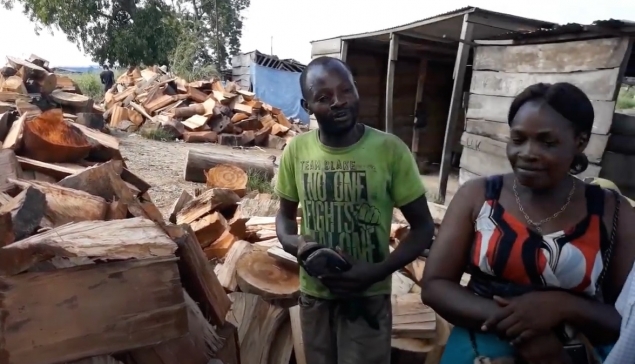
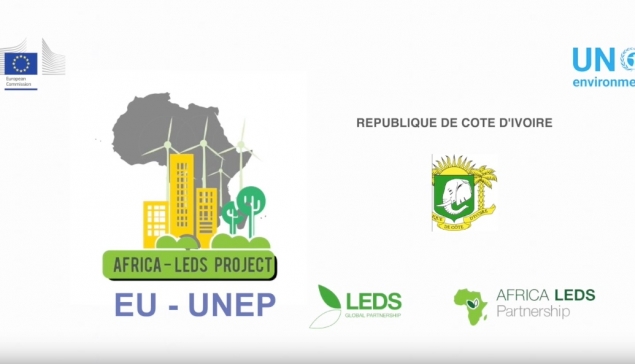
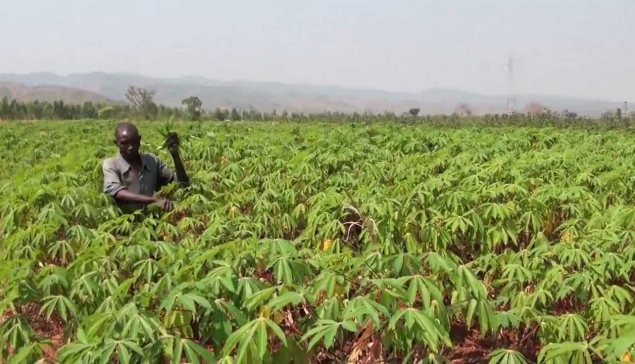

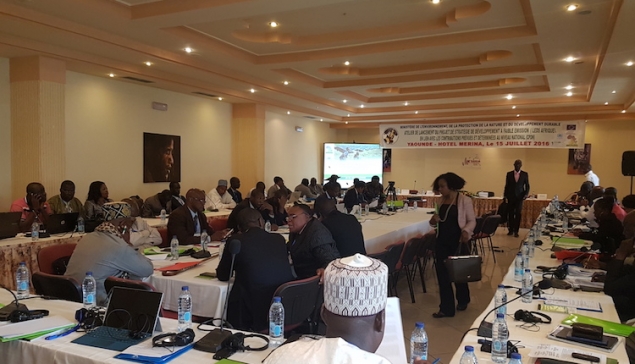
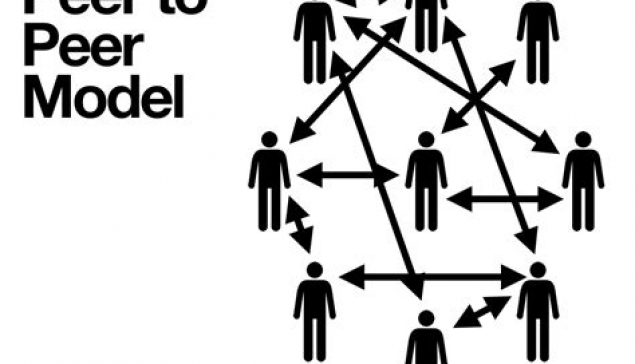



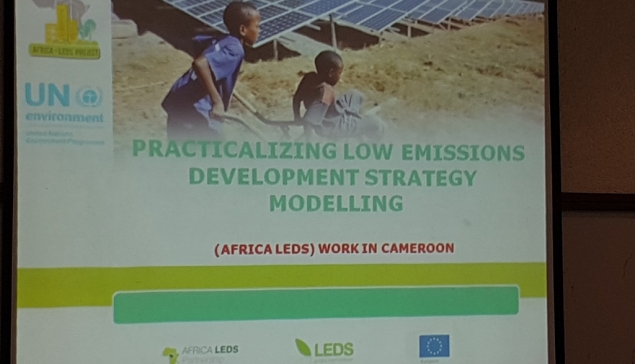


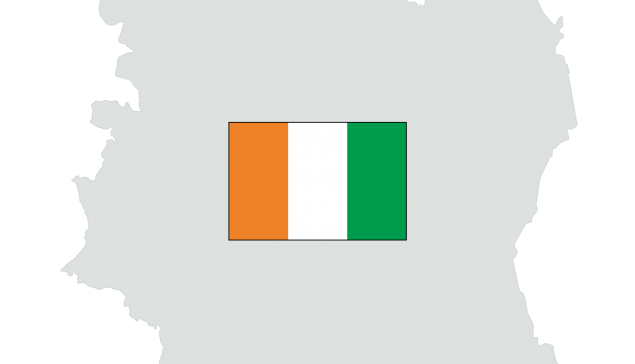


_large.jpg)

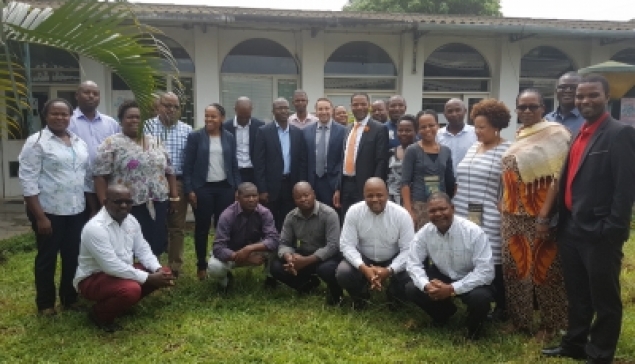

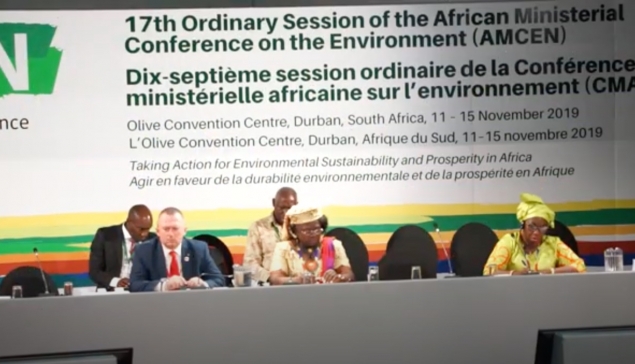

_large.jpg)
